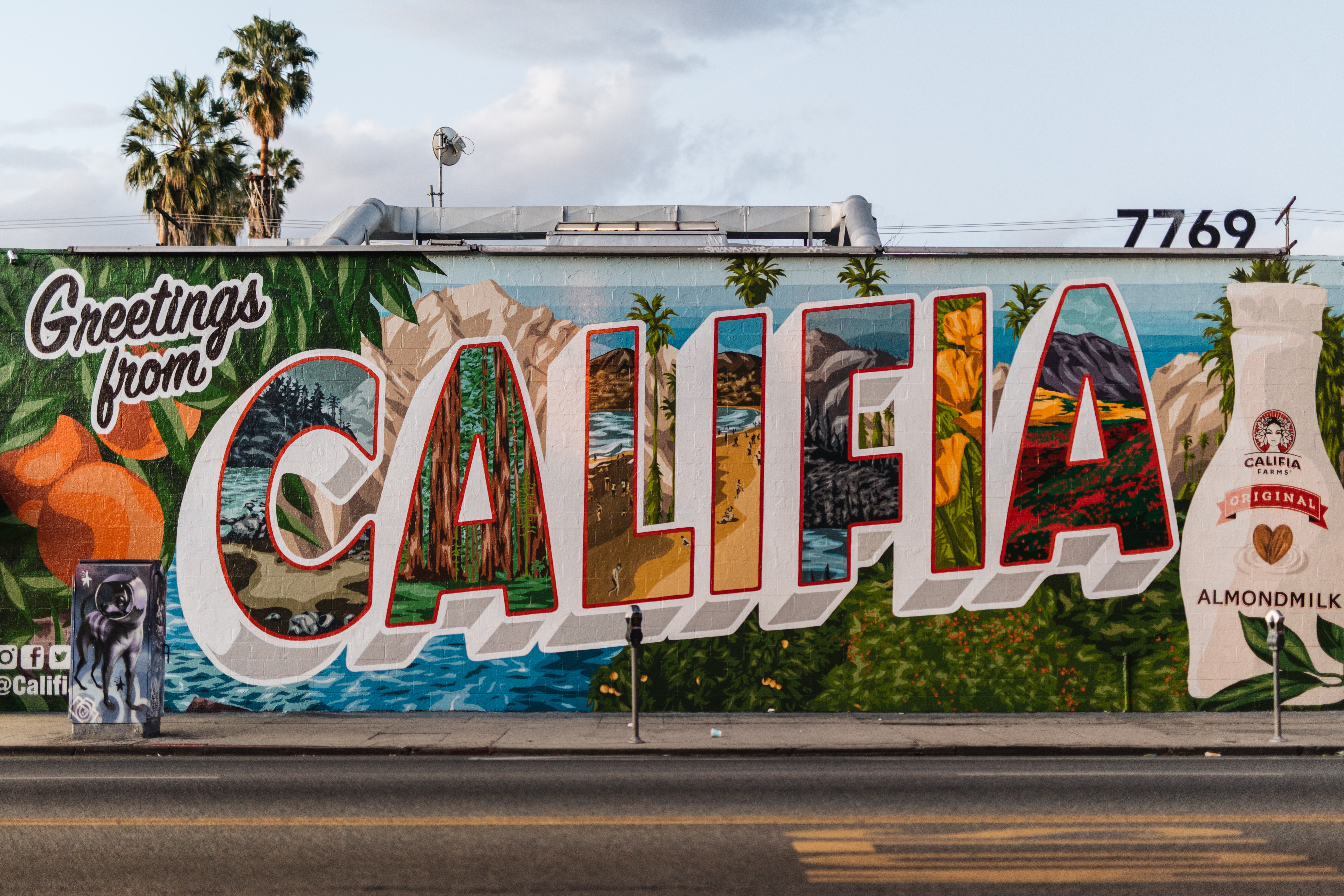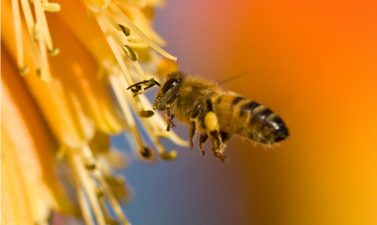
Almond milk was so promising an alternative to cruelty-free cow milk, or hormone mimicking soy milk, but with the take on bees, maybe it’s time to kick the creamy liquid habit?
Bees are dying in huge numbers to supply your supermarket with almond milk. Last winter (2018-2019) saw a catastrophic 50 billion bees die off for a variety of reasons familiar to the eco-conscious public, including mites and loss of habitat. Even deadlier to bees is the mono-culture methods of the American almond industry, which rely heavily on pesticides and removes the orchards’ natural undergrowth.
California supplies 80% of the world’s almonds. In 2019, that amounted to 2.5 billion pounds of the nuts. And the demand rises, with companies especially eyeing the growing Chinese market. California farmers have ripped out citrus trees and planted almond groves that cover over 1000,000 acres – an area comparable to the size of Delaware.
While Americans eat plenty of almonds – an estimated 900 grams every year – it’s the demand for almond milk that’s driving the industry. At sales of $1.2 billion yearly, hugely topping other non-dairy milks, it’s easy to see why.
The catch is that almond farmers can’t rely on native bees to pollinate their orchards. There aren’t enough of them, and they can’t be counted on to pollinate a predictable number of trees. The farmers contract commercial beekeepers to transport their hives to the orchards while the trees blossom. 1.6 million hives are needed to make USA almond trees produce every spring – over ten times what other crops, like apples, demand.

The strain on the bees begins in February, when almond trees begin to bloom. Normally bees are still hibernating in February, getting around to the almonds when the weather warms up more. To stand by their contracts with almond farmers, beekeepers put the bees to work early.
The hives stand in orchards heavily sprayed with pesticides, the main one being the Monsanto-manufactured Roundup. The bees do their job, foraging the almond blooms laden with chemicals deadly to insects, and return to the hives weakened by exposure. Another factor is the concentration of thousands of hives in one area, which raises the risk of spreading diseases. Every season, some 30% of bees die.
That’s bad news for beekeepers and almond farmers, but also for all of us who, to put it plainly, need to eat. We’ve been writing about how the world’s food supply depends on bees since 2014.
The almond industry is also killing off native bees, who can’t compete with commercially-raised European honeybees. Driven away from their home grounds when beekeepers place large numbers of rented hives on the ground, and deprived of plant diversity when farmers clear the grounds of native wild plants, they starve.

New methods for reducing the risk to bees include breeding almonds whose trees need one hive per acre as compared to the present need for two. The Xerces Society For Invertebrate Conservation, an international nonprofit organization, teaches almond farmers to plant native wildflowers and herbs like clover and mustard between the trees and around the orchards. This controls pests naturally and prevents the bees from leaving the orchard to forage in nearby farms where pesticides are used.
Another note of hope is in a California pollinator protection law that, as of January 2019, requires beekeepers to register where their hives are located with county agricultural commissioners, and farmers to give advance notice of pesticide-spraying schedules.
That sound a little better? Yet consider this: it takes 1.1 gallons of water to produce one single almond.

Where does the water come from, in an historically drought-bound land? California’s underground aquifers were hugely depleted during the drought of 2011-2018, as companies drilled wells to supply irrigation. Although the California drought is officially over, the long-range ecological consequences of getting water for almonds are still felt. Reporter Tom Philpott writes in this 2014 article in Mother Jones:
“In a huge swath of the almond-intensive San Joaquin Valley, the ground has literally been sinking by an average of 11 inches per year, a 2013 US Geological Survey study found. The culprit: over-pumping of aquifers. Such subsidence, as its known, threatens vital infrastructure like bridges, roads, and irrigation canals. ”
Philpott adds, “Meanwhile, groundwater depletion is also making the Sierra Nevada and Coast Mountain ranges slowly rise—enough to potentially trigger earthquakes, a 2014 Nature paper found.”
Now let’s look at almond milk health benefits. Almond milk isn’t as healthy as it seems. It tastes good, has the creamy white color consumers seek, and satisfies those avoiding dairy milks for one good reason or another. But look at the label on the carton when you pick one up at the supermarket. Does it have fillers, sugar, emulsifiers? The popular brands Silk and Alpro contain all of 2% almonds.
Even home-made almond milk is mostly water; unless you’re eco-conscious enough to use the leftover pulp in baking, or compost it, most of the goodness is wasted. It’s eating the nuts that delivers their nutrients.
Knowing almonds’ ecological price, it makes sense to look at a more sustainable milk alternative. The consensus is that the most sustainable plant-based milk is made from oats. And yes, we have the recipe. Click the link above or below.
Make Your Own Oat Milk At Home



